Aqara Hub M2 (review)
Just under a year since we posted our review of the Mi smart Gateway, we now get the opportunity to review a device that at the time of its initial discovery (leak…), was seen as quite similar to the aforementioned Mi branded hub – namely the Aqara Hub M2. Whilst both surfaced around the same time, the Mijia variant was able to get somewhat of a headstart on the Aqara M2, being released in China around 10 months earlier. Still, it’s not always the first past the post that could be considered the winner, and in this review, we’ll see why the M2 is in many ways, a more worthy gateway. Let dive in…
PACKAGING
At the time of purchasing this from China, with the help of fellow reviewer Eric Yao, the M2 was hard to find, even on the Mainland, but looking at the packaging, it would appear that it had possibly been sitting around, waiting for release, for a while. The reason I suggest this is that even though Aqara has updated its packaging design somewhat, with the use of a blue circle to highlight the products, which in this case is missing, the older Aqara logo is also being used on the packaging. Not that it matters of course, but something to note if you see the newer packaging when you buy the newly released EU/International variant. Still, the container is fine and protects the internals adequately enough.
The box features all the basic info you might need (in Chinese in this case), along with the official ‘Zigbee Certified Product’ logo, which we’ve seen pop up more and more on both Aqara and Mijia branded devices. Products with this badge are using Zigbee 3.0 in almost all cases. Aside from this, you get the usual flurry of features and specs, as listed below;
Specifications:
- Model: ZHWG12LM
- Dimensions: 100 x 100 x 30.75mm
- Network connection: WiFi IEEE 802.11 b/g/n 2.4GHz
- Device connectivity: Zigbee 3.0 IEEE 802.15.4, Bluetooth LE 5.0
- Operating temperature: -5ºC ~ +50ºC
- Operating humidity: 0 ~ 95% RH
Features:
- Capable of connecting 32 child devices, or up to 128 with the use of signal repeaters
- Dual WiFi antennae
- Micro USB power supply
- RJ45 Ethernet port for wired internet connection
- Zigbee 3.0
- Siri voice control
- built-in Infrared (IR) transceiver
- Control both Zigbee and IR devices via automations, scenes etc
As you can see, the M2 is a very capable device, although there are a few caveats that should be noted with regards to a couple of points listed above; first of all, even though the M2 can act as a Bluetooth hub, currently there are no Aqara-branded Bluetooth devices available – not that many people would be interested when compared to the speed of the Zigbee devices. Additionally, the Bluetooth functionality is not of the Bluetooth Mesh variety, unlike the Mi Smart Gateway, so it’s unclear as to what use cases the Bluetooth functionality would be used for at this point.
The other point to note is that the M2 is being touted as having the ability to support up to 128 devices, and while this is true, the only way to achieve support for this number, is by using repeater/relay devices within your setup that act as sort of ‘mini hubs’ by themselves. It basically works like this; you have your M2 as the main hub, and you can connect various Zigbee devices directly to it. If you add a permanently powered device to the hub, like a smart plug, or a wall switch (with neutral only), then these act as relays for devices that are subsequently added to the M2, if the relay device is nearer to the newest child device you add. Each repeater/relay device can support up to 16 child devices. This then essentially increases the number to a theoretically possible 128 devices, although whether you’d reach that amount in practice is going to be uncommon I suspect.
THE M2
Aside from a small manual, that contains one of three instances of the HomeKit code, you get a USB type power supply, a USB > Micro USB cable, and the M2 itself. There’s also a HomeKit code on the base of the M2, as well as on one of the inner flaps of the box.
The M2 looks very modern and slick on first viewing, although it really is a big dust and fingerprint magnet. The sides, being that they use very glossy plastic, are particularly prone to this. The top, which incidentally has the new Aqara logo (unlike the box), has a textured feel to it. It might have been better to use this texture all around, but I believe the sides are actually translucent, to allow the infrared transceiver to emit signals, so a textured surface may not have worked. Thankfully, everything is in matching black.
The whole device is quite minimalist, so on the front, you only get a small pairing/reset button and an even smaller LED. For anyone who has problems sleeping from glaring LEDs, I’ve found that this LED – which in normal operation is blue – didn’t bother me at all. We’ll come back to the LED in a minute, but the button, as mentioned, is for pairing mode and resetting the M2, just like you’d find with Aqara’s other hubs, of which there’s a growing number!
the rear of the hub is where it all gets a little more interesting, with an RJ45 ethernet port, a Micro-USB port for power, and an as-yet unused USB-A port. Whilst the M2 has decent WiFi capabilities, if like me, you prefer a wired connection where possible, this is a big plus, and I’ve had mine plugged into my router from day one, which is how it’ll stay. The other big plus is the use of a separate USB power supply, which really puts paid to the issue of having to use an adaptor if you’ve either bought a hub in the past, with a different built-in plug, or there wasn’t a variant that comes with your type of plug. Now, even if you get the Chinese version, and want to use it in the EU, you just have to use a regionally suitable USB plug that in most cases you’ll have lying around spare. There’s a constant complaint as to why companies are still using Micro USB instead of USB-C, and yes it’s mildly frustrating, but in all honesty, it’s not as though you’re ever going to be unplugging it once a month, let alone daily, so it’s not a problem for me. Finally onto the USB-A port, and at present, it seems it’s only for diagnosis purposes and is of no use to the end-user. Maybe they’ll expand its use down the road later though.
Finally onto the base of the hub, which is where the audio speaker resides, along with the third instance of the HomeKit code. The base has a couple of rubber strips that act as feet. If you already own, or at least aware of the original Aqara hub (Aqara M1 as it’s being described these days), you’ll know it comes with a speaker and a night light. The M2 has dispensed with the light, but retains the speaker, although it’s not as loud as the M1’s speaker, which isn’t massively loud anyway. With this in mind, I’d say that although it’s loud enough to easily wake you up in the event of an alarm, like the M1, it’s never going to match the volume of a pro alarm system’s siren, even compared to the Abode gateways, which I’ve found to be decent in this regard. Still, the M2’s speaker can still be used as a doorbell chime, an alarm clock etc. The night light is always of use to me in automations, but I can see why it wasn’t included here, which I’m going to posit is once again for the unimpeded functionality of the infrared transceiver.
IN HOMEKIT
In HomeKit and the Home app, the M2 initially shows up with its own tile, representing the security system, or alarm. As it ha no other function besides being a hub, it’s also listed with the Hubs & Bridges section of the Home app in the settings for your HomeKit home. The great news is the all four possible alarm modes available in HomeKit are exposed with the M2 (Off, Night/Sleep, Away, Home). Even better, these modes also sync between the Aqara and Home apps, so selecting a mode in either app, will activate that mode in the other app. Whilst the current Aqara hub only has Away and Off options, the new M1s, and the P3 also have all four modes exposed like the M2. The hub portion of the Aqara G2H camera is the odd one out, as its alarm functionality is not exposed to HomeKit. As previously mentioned, the speaker in the M2 isn’t too loud, but it’s more than enough to notify you.
INFRARED TRANSCEIVER
Another seemingly useful benefit of the M2 is the built-in IR transceiver, which essentially allows the M2 to control any of characteristics available for devices that use an IR-based remote control, be that TVs, fans, AC units, set-top boxes etc. The reason I say ‘seemingly’ is that in my case, there aren’t too many devices in the home that use IR remotes these days, and even if they do, they tend to also have wifi access too, meaning I can control them in other ways. Indeed, my ageing Samsung TV is only ever used in conjunction with my Apple TV, which automatically turns on the TV, when it is turned on, so in the case of the TV, it’s not of massive use. That’s just me though. Similarly, with the AC unit in the bedroom, until I got my Tado Smart AC controller (read the review HERE), this would have been quite useful, but the fact the Tado has a physical control panel makes it generally a much more ‘hands-on’ devices for most users in the home, than via the app.
When I first started getting into HomeKit, I was already on the way to working out ways of controlling IR-based devices, with the help of the LifeSmart Spot (which was originally – but unofficially – exposed to Homekit), and later on, the Mi Universal Controller, both of which use the same IR transceiver technology. So in one sense, the Aqara M2’s option isn’t anything new to me. What it does allow for, is the ability to add these IR devices into scenes and automations in the Aqara app, as though they were regular devices. That itself is not quite HomeKit integration of course, but it’s close. If you then take into account that smart switches and buttons that can be added to both Aqara and HomeKit can also control these IR devices, then you get something very close. It just all depends on what you think is useful for controlling specific aspects of an IR-based device.
Aqara give you a selection of device types to choose from, including stereos, DVD players, smart lights, and even the opportunity to create a custom remote of your own choosing.
A while ago, when light strip options were severely limited and pricey, I bought a cheap light strip from my local DIY store, that came with its own IR remote. With the help of the custom remote option, I can easily create a software-based remote to replace this remote control, and from there, control the low budget strip using the M2.
For my Samsung TV, you can see I’m able to set up a fully functioning remote in the Aqara app, which also includes a ton of features you’re hard-pressed to find with the original remote., which does present some distinct advantages when you consider what can be achieved with automations. Further still, with the fact that the Aqara app can convert scenes and automations into Siri Shortcuts, the possibilities for voice control become very enticing, which I’ve begun to exploit with my recently acquired HomePod Minis (HomePods Mini?).
CHILD DEVICES
When the original Aqara Hub came out, it was an easy job knowing what child devices were or weren’t exposed to HomeKit, but with the addition of the G2H, the M1S, the P3, and the M2, thing become a lot more complicated, as what might be exposed to HomeKit via one hub, has yet to be exposed to HomeKit via another hub, and that’s even before you take into account the regional server issues. This isn’t something I can necessarily blame Aqara for, as devices that are exposed to HomeKit via one hub, need to be recertified for each new hub, and this can be a lengthy process if you have a lot of child devices. So far, based on the Chinese M2 I’m using, I can confirm the following devices are exposed to HomeKit, via the Aqara app, set to the Mainland China server;
- Aqara temperature and humidity sensor
- Aqara door and window sensor
- Aqara motion sensor
- Aqara leak sensor
- Aqara vibration sensor
- Aqara wireless mini switch
- Aqara wireless rocker (double & single)
- Opple Wireless switch (2, 4, 6 button)
- Mi door and window sensor
- Mi motion sensor
- Mi temperature and humidity sensor
- Mi smart button
- Mi smart plug (Taiwan)
- Mi light sensor
Undoubtedly, there are going to be more that are exposed to HomeKit, or at least will be when the M2 spreads throughout the EU, where it has just been released, and the US, where it’ll be available at some point in 2021.
THE M2 IN USE
I’ve had the Chinese version of the M2 since late August 2020, so I feel that I’ve had enough time to assess any potential issues. First of all, I didn’t go full steam ahead and move everything over from other hubs, just so I could test it out, as that would potentially be asking for trouble, but I’ve tested devices here and there over the last few months, and I’ve not once had an issue so far. Whether this is down to the wired connection, or because I’ve found all of my Aqara devices pretty robust in this manner, I’m not sure, but it has been solid. The one initial problem I did encounter, which has since been resolved, was that when I added the M2, after the Chinese G2H was already added, I found that the alarm modes in the Aqara app would change for the G2H, but not the M2. This also meant that the alarm modes were not synced between Apple Home and Aqara. I resolved this by removing both the G2H and the M2, and re-adding them again, with the M2 being the latter to be added. It seemed that adding the M2 last, made it the default device for the alarm functionality and modes, although I’ve since added an Aqara M1S hub, which also has the four alarm modes. The situation now is that whether I arm the M2 or the M1S in either the Home app or the Aqara app, they sync between both apps, and with each other, which is great.
So, taking everything there is to say about the M2, I’m finding it difficult to complain about anything with this nifty little device. The speaker isn’t that loud, but then neither was the original, so…
It also marks an improvement over the Mi smart Gateway I mentioned at the start of the review, mostly due to the speaker and the IR blaster. The Mi smart Gateway has both the Bluetooth and Bluetooth Mesh hub functionality, but I’ve tended to steer clear of most Bluetooth devices for a while now, and Bluetooth Mesh devices that are both compatible with the Mi Smart Gateway and HomeKit seem to be scarce, so these plusses are of no consequence to me. While I sort of miss the night light, I do still have a few of the original hubs (2 x Chinese, 1 x Hong Kong, 1 x US) plus the Chinese Aqara M1S, so I’ve still got plenty of choices if I want to make use of a night light if I want. In conclusion, this is all that I hoped it would be, with my expectations not having been dampened by the incredibly long wait.

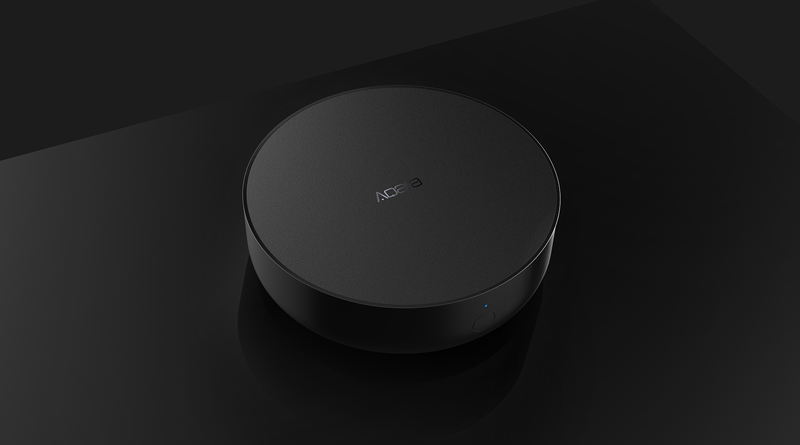

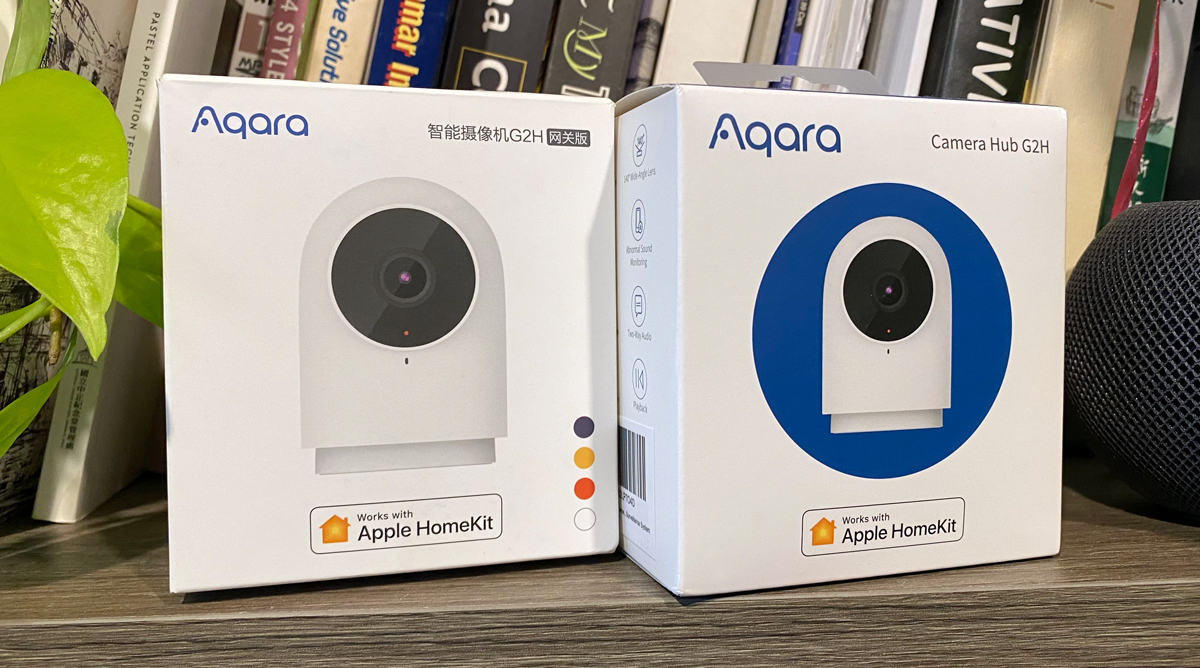

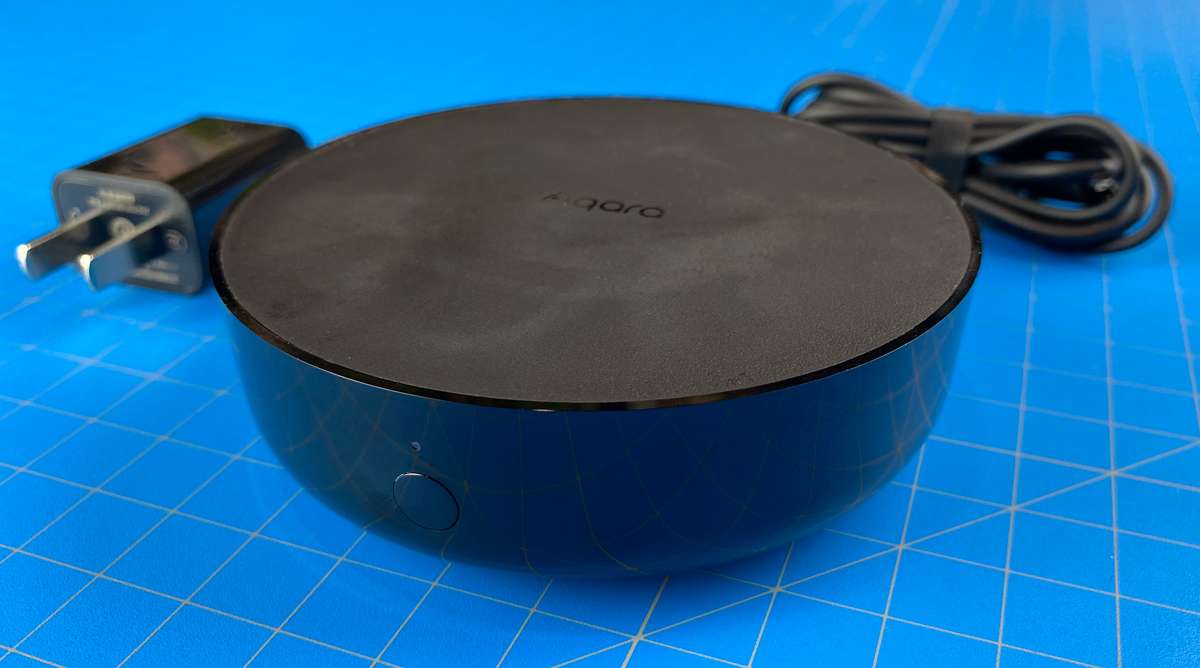
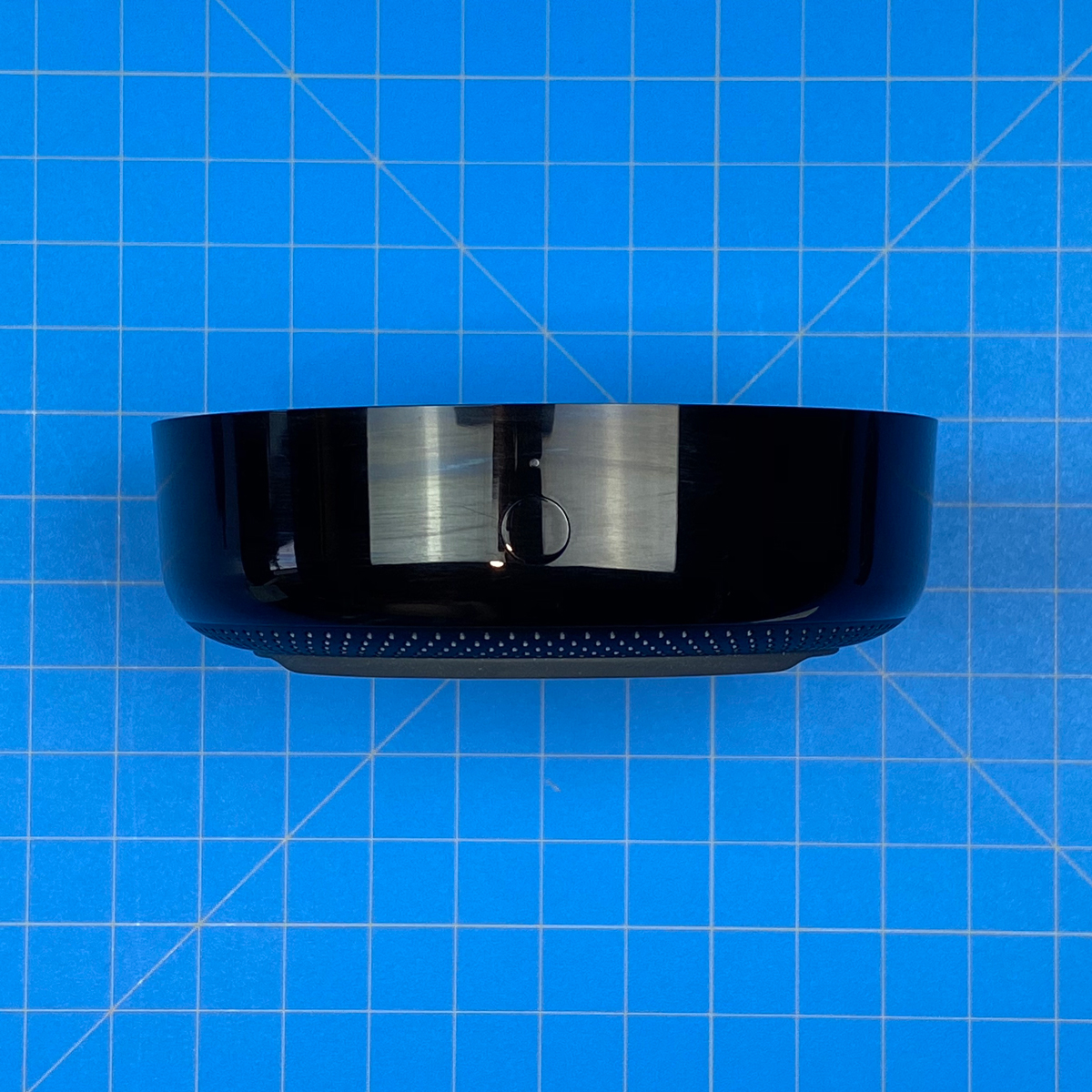

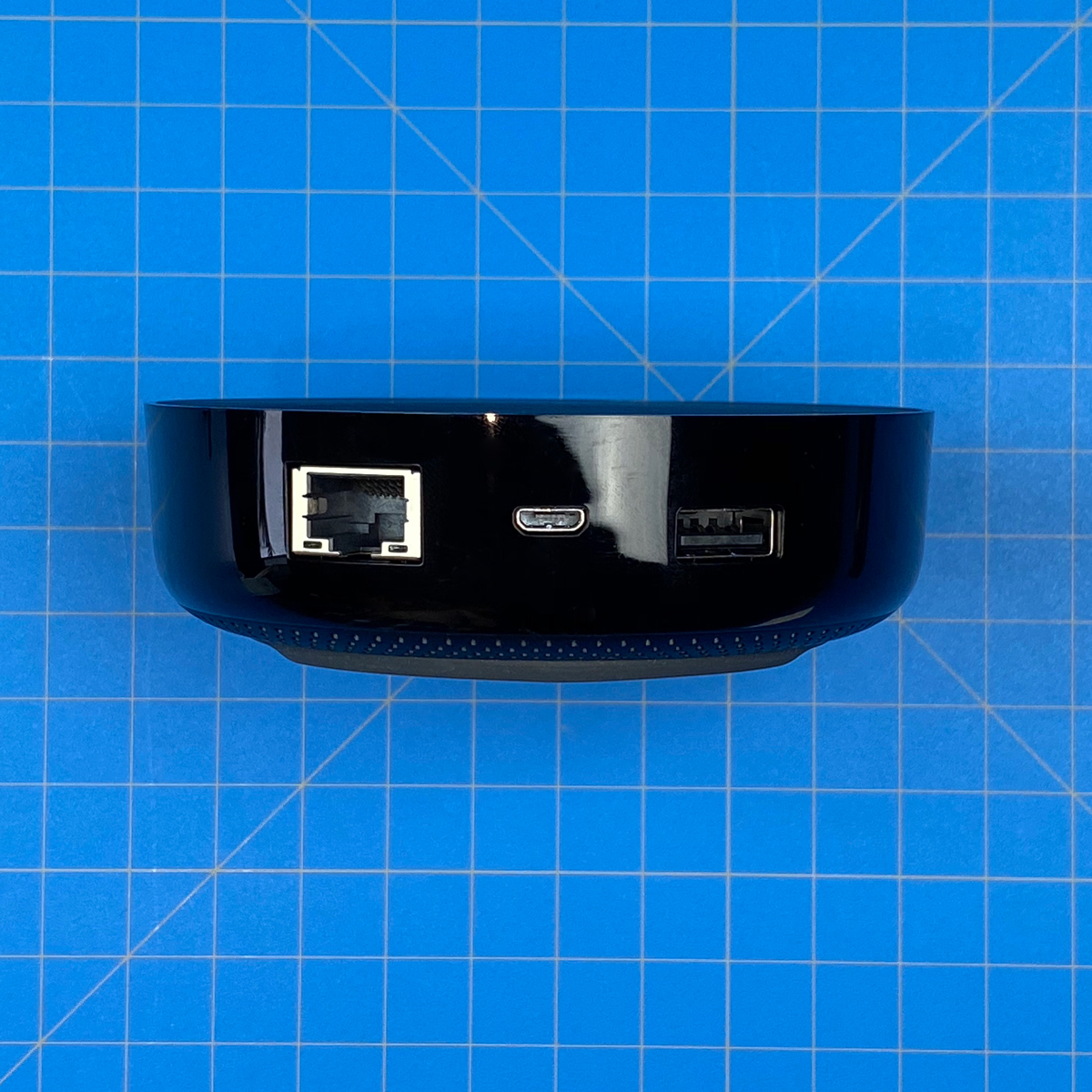

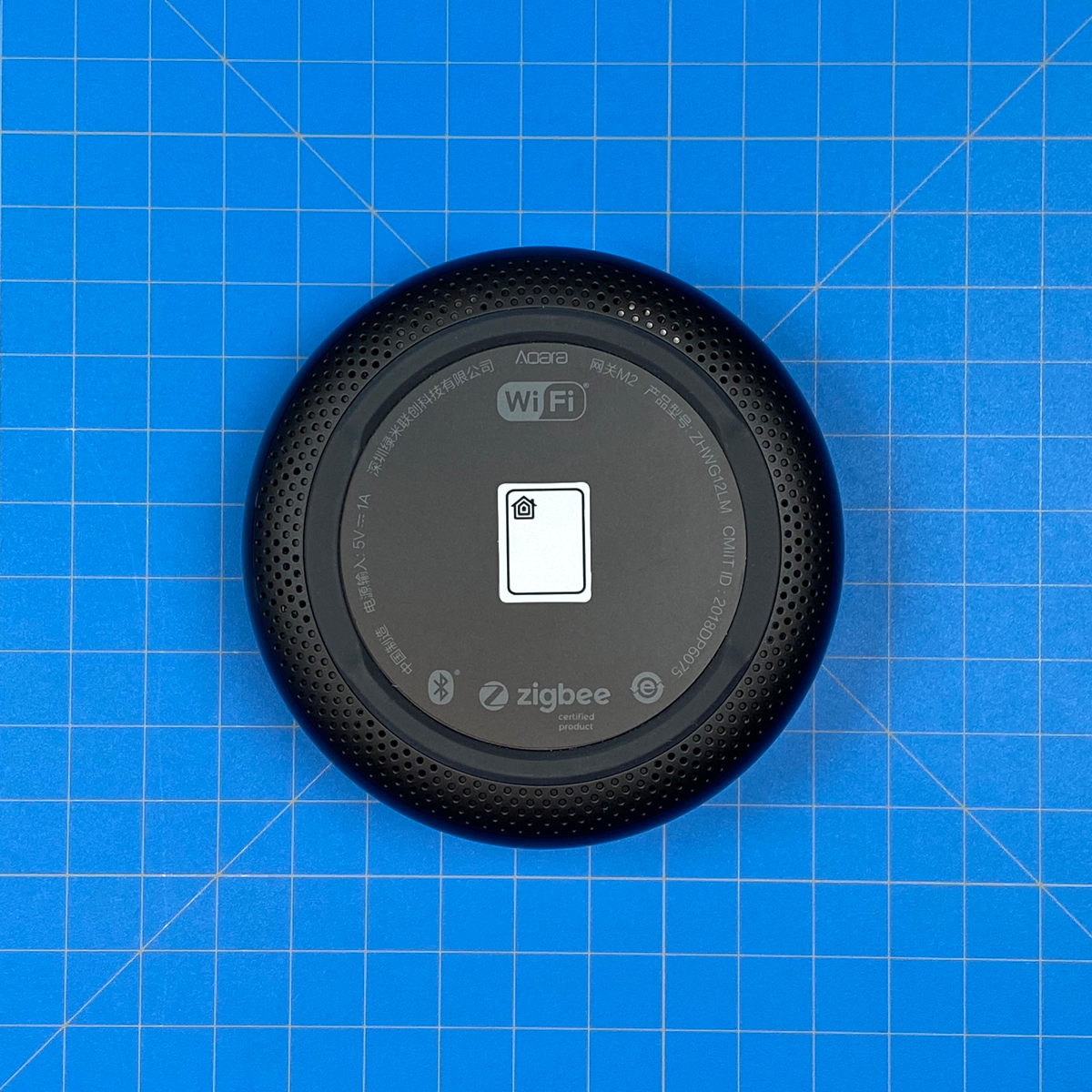


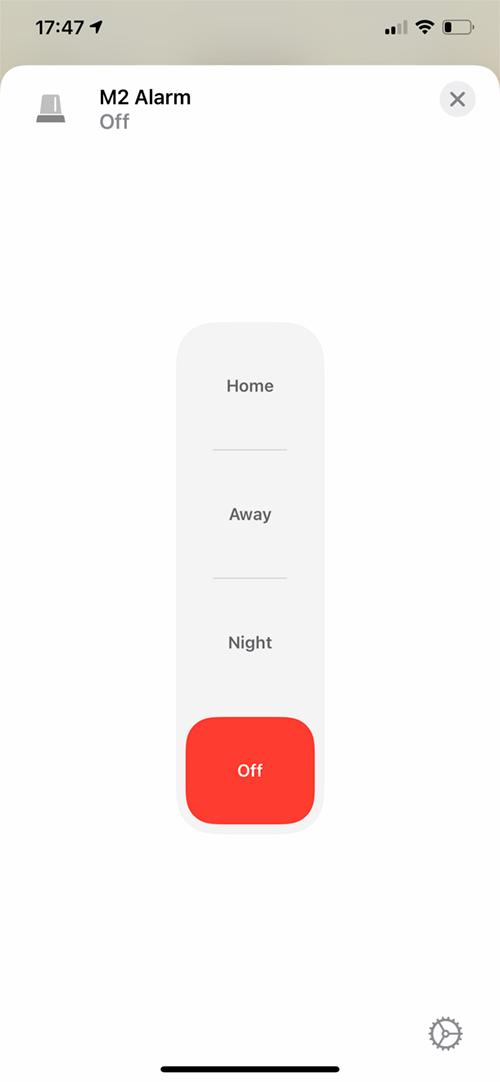
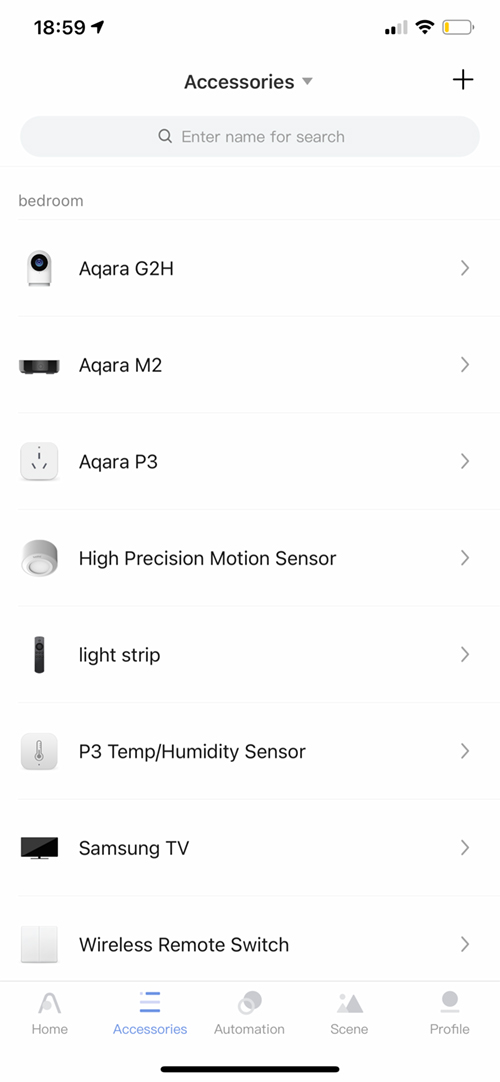

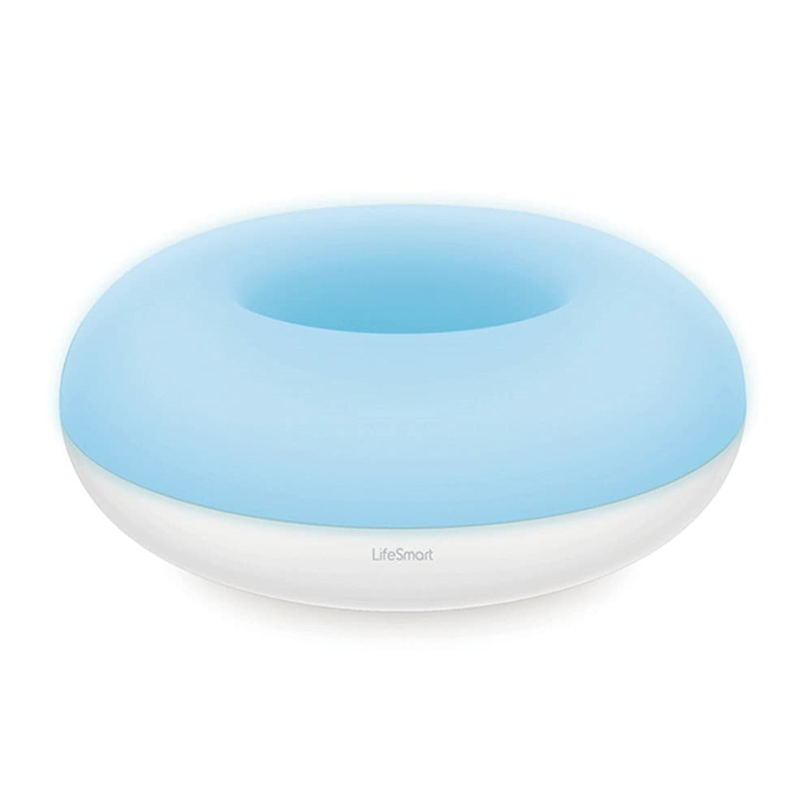

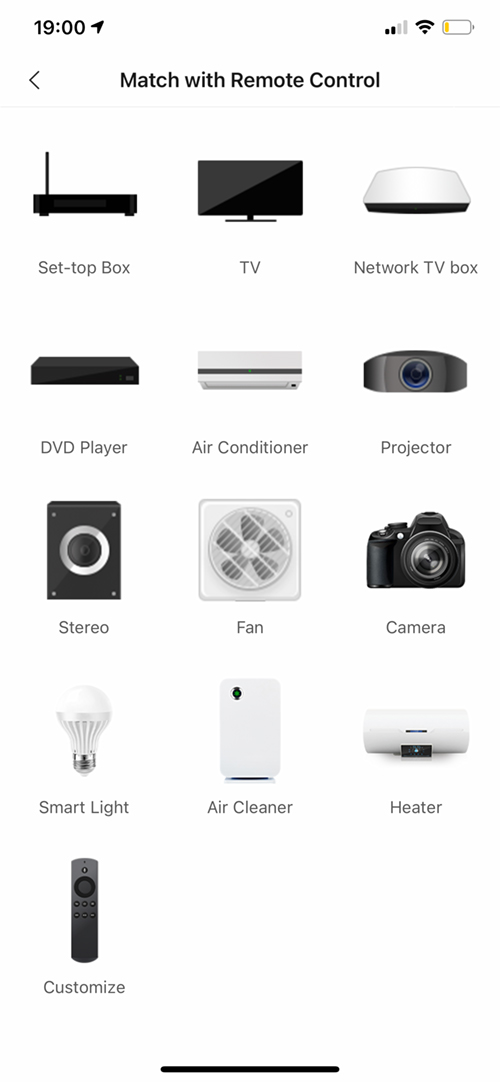



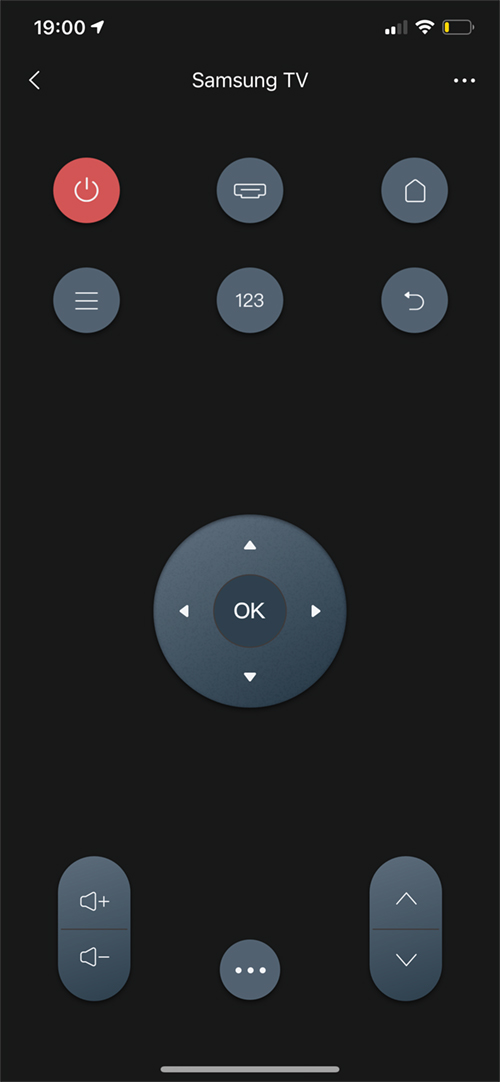

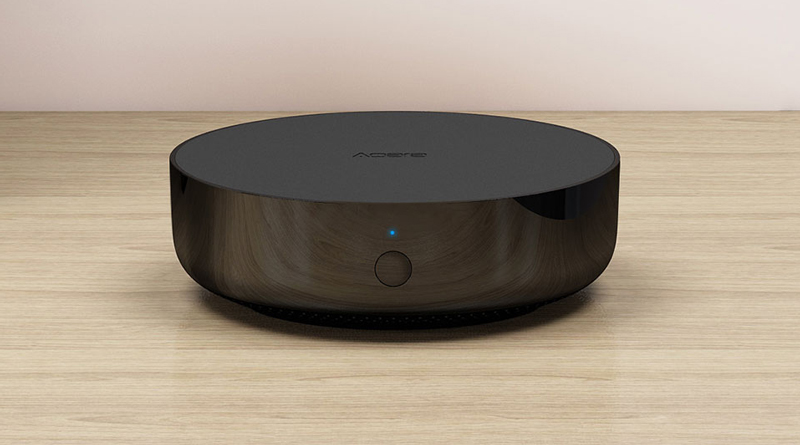
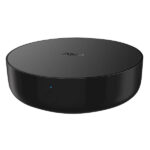
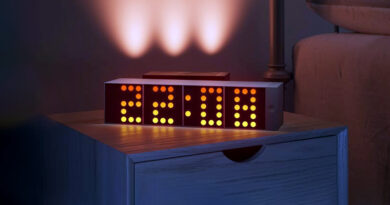
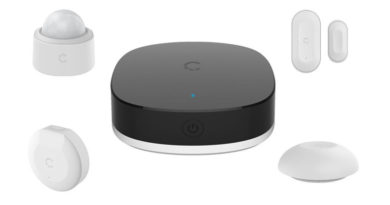
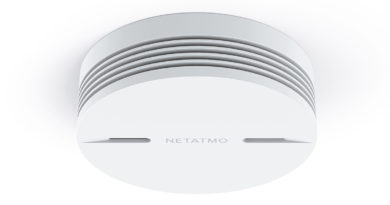
Hi there! I also go the m2 and will install maybe tomorrow. Hadn’t had the time to read your review. Will do ASAP. Just a quick question. Are the new BT door and light sensors working with HomeKit? Will the hub expose BT peripherals to HomeKit?
Thanks
Hi, if you mean the new Bluetooth sensors from Mi/Mijia, then they won’t work with the M2, and I don’t think they’re exposed to HomeKit, even if you add them to the Mi Smart Gateway.
Hi nice review indeed.
I’m looking forward to get my hands on the hub as well. Can you suggest where it would be possible to get it from. I’m located in Denmark 🙂
Thanks.
Hi, thanks. The only store I know of in Scandinavia is located in Sweden, but I’m sure they ship to Denmark too. Here’s the link to the M2 on the site – https://www.gronahus.se/sv/varumarken/aqara/aqara-hub-m2.html
Hi,
Thanks for the review! My plan is to use the Xiaomi Mijia Bluetooth Digital Thermometer 2 which support only BT, so M2 is not an option, but you mean that if I pair them to Xiaomi Mi Smart Multimode Gateway it wont pass them to homekit?
Thanks!
That’s correct. As far as I’m aware, there are currently no Bluetooth devices that use the Mi Smart Gateway that are exposed to HomeKit, only Zigbee devices.
Thanks for this great and complete review !
Do you think it’s better to buy a Chinese version of this hub ? With HomeKit it will be as efficient as the European version except more child devices could be compatible.
What do you think about this ?
Thanks !
I would tend to agree if you already have more Chinese devices. The only issue would be finding one. If you know someone in China that can get one for you, then you should be good to go.
Thanks ! I didn’t realized that this thing isn’t on Ali yet. It’s actually strange. Hope we’ll be able to get one soon.
I think it was very briefly, but must have sold out very quickly. There was also a reseller selling the Chinese model on Amazon, but they’ve since sold out I think. May be worth
Double checking though.
Hi there. Thanx for a pretty nice review.
Can I use a Chinese version of M2 with european servers of Aqara/Xiaomi?
Hi, I don’t believe it can be added, unless perhaps you add it via HomeKit mode, but then you may not be able to access the hub functionality, which would be a problem, considering that’s its main function.
I had my European M2 on Chinese server for a couple of days with all working fine. Since I put it on an EU server also working fine… if it helps.
Give it a try before you set everything up and have to redo if it doesn’t work.
interesting. Did you add it to the Aqara app when signed in to a specific server, or in HomeKit mode?
I added the hub to Aqara signed in to Chinese server.
Then I added a vibration sensor only, to see if the alarm will be exposed to homekit. Worked fine.
Then I removed both the vibration sensor and then the M2 hub.
After that I signed into EU server and added the M2 hub and then the vibration sensor.
In homekit the alarm is now a new accesory, but works fine.
It would be interesting to see if it worked the opposite way around, with a Chinese M2, added to an EU server. Maybe it worked for you as the EU hub is essentially the international version, so maybe it can be added to any server, including the Chinese server. It could be the case that the Chinese version won’t be the same and can only work with the Chinese server.
I agree.
It is interesting though Aqara wants to tackle all those different types of hardware for different regions. It would be interesting to know why they need to build devices differently for EU or China (power source is no excuse any longer) or US for that matter.
I imagine it’s partially due to laws regarding privacy in various regions (GDPR) as well as regional prices, which is why they also want to Clamp down on 3rd party resellers.
Hello, great review. I own a M2 for a couple of weeks now and as I installed it I used the Ethernet option. One thing I noticed is the lights at the ethernet connector never light up (the green and amber). Can we be sure this is working at all or is the hub just using the wifi through homekit pairing process?
In my case the eth port lights are on as they should be. I will check the router configuration to make sure it is connected vie eth and get back. BTW, the Honeywell smoke detectors and xiaomi flood sensors are supported. Don’t know if they are exposed in HomeKit yet.
Anyone knows if there is a list of supported devices for the aqara hub m2, besides the obvious aqara’s own. Just wonder how versatile this hub is for other zigbee devices.
The M2 hub is indeed connected via Eth.
Thnx for checking. After a firmware update I also noticed the eth lights turned on. It was obviously a firmware issue.
Hi all,
A quick question from me. It the M2 hub is connected via Ethernet is there a way to shut down the WiFi on the Hub? It is of no use and still it can cause interference to Zigbee communications.
In my case, although the Hub is connected via Ethernet, the WiFi is active (i can see a rather strong WiFi network with the iPhone airport utility).
Thanks
Bump. Anyone?
Hello,
thank you for this extensive review. I have one question which answer would be really important to me, but until now I didn’t find a clear answer on that.
I equipped my house with the Aqara 2 way relays for the control of my window shutters. These devices are surely Chinese devices, I think there aren’t international versions available yet.
Currently I am not using an Aqara Hub for control. But I would like to use the M2 Hub. But I am not sure if the Chinese 2 way relays will work with an international Hub version. Any clue or suggestions out there?
Hi, you should be able to manually add the relays to any hub, which is achieved by three presses on the pairing button on the hub. This should work regardless of whether you’re signed into the Aqara app, or what server you’re connected to. The only question is whether the relays are exposed to HomeKit, the answer for which I can’t answer, unfortunately.
I managed to connect a 2 channel relay controller to M2 hub on EU servers via three press method (thnx for the tip!) and it is exposed to homekit and working fine.
I could not connect the controller via the in-app wizard though as it is not in the list.
Thanks, that helped me a lot!
Glad to hear it!
I dislike the road taken by Aqara/Xiaomi.
There is no more dev mode using Aqara M2, right?
How to exploit data in a local way using 3rd party like HA or Node red with a very low latency with all of these new devices?
Latest aqara devices are not working with old gateway (Xiaomi gateway v2 which allows dev mode) (examples: Aqara Opple dimmer switchs).
It’s time to see elsewhere, sadly.
Does it work with Google Home? I am waiting for it to support Google Home via the Aqara app if this device can act as a bridge.
I have my doubts for this M2 hub. i regret i bought it . first of all i see all the people here install it by cable to the router directly , well me too because i did try to install it over wifi ( because then easy to move everywhere in home ) and it’s failed every time and this on all the servers in the aqara app.( the pairing over wifi takes 3 steps and the last step broke off every time ) . The seller promised me its a global version ( the plug can’t be any obstacle anymore because power over usb cable ) … and works with alexa too…. well if you open the alexa skill for aqara app they remark that alexa only works for US users … but this hub is not listed in the devicelist on the us server in the aqara app…. i did try install this ( i suppose chinese version hub) on all the different servers and for me i can install to china mainland , south korea and russia , none of them supported by alexa , EU server not possible to pair… i had a failure message on the end of pairing ( even with cable in router… not over wifi ) … and the ‘others’ server the same result . so how they can promote this product as a hub that can be used worldwide and works with alexa ?? even on the official aqara website they use the alexa logo but it’s not listed on the us server product list that only is supported by alexa ///are we beta testers for this products ?? did you see any youtube video or any review from anyone that had connected with alexa ? i need a good bridge for my sensors to trigger my alexa routines. i had the aqara sensors paired with my smartthings hub but with the closure from the old smartthings app 90% of my sensors did go offline … no more possible to pair again …any solution ??
Hi, thanks for the great and thorough review! I always enjoy reading your HomeKit reviews, especially now I’m planning for the home renovation.
One question about the M2. Do you know any limit on the number of IR devices can be added to M2?
Hi Anthony m, glad you enjoy the site and reviews. I don’t know the answer to your question, but in theory, as these devices don’t take up the kinds of resources a Zigbee connected device might do, you should be able to add more devices than you’ll ever likely to need. There’s probably a limit in terms of how much memory the IR devices use, although I believe much of this info may be stored in the cloud.
Hello,
First of all thank you for this amazing review. I have some questions as I currently have the old Mijia hub (without Homekit support) with motion/door sensors, thermometer/humidity etc. bought from China and working only to Mainland China. I think it’s time to upgrade to a newer model as Mijia Multimode Gateway or Aqara M2.
Which of them is the proper device for me? If I purchase the Mijia, will I be able to use my old hub as well?
Thank you in advance.
Hi, glad you like the review. Between the two hubs, I much prefer the M2, but if you’re invested in the Mi Home app, and you want to also continue using the older hub, then the Mi Smart Gateway might serve you better. I do prefer the M2 though.
Hi, i like your review. My question is about IR function. When i read specs, it saying that 360 IR signal can be send. But i have different units with IR air conditions TV’s & humudifiers etc. All are in diffrent room. As i anderstand that this unit can run only units in same room. Am i correct ?
Hi, I think the 360° name is just a marketing phrase. The IR blaster works just like any other remote, so has the same limitations. It has to be in visual range of the devices that it needs to control, and so it generally will only work with devices in the same room.
Hello,
My question isn’t directly linked to this hub but to the Xiaomi app. I receive every day notifications in Chinese for promotions, ads etc. I’m not interested at all but don’t know how to turn this off. I need the app to be able to send me notifications so I can’t turn off this globally. Does anyone have an idea ?
Thanks !
In MI Home app, under Settings find Message settings and turn of Store messages.
Let me know if it helps
Oh ! Wonderful ! I already explored settings but I’m using the app in French. It’s so poorly translated that this option was impossible to understand. They wrote « stocker les messages » which means « keep the messages ».
I changed the settings for « English » and I found the option you’re talking about.
Thanks a lot !
Glad to hear it! You’re welcome
Greetings from Greece. Thank you for great review.
I’m interested in setting a HomeKit compatible system. I’m between Mi Smart Gateway and Aqaba M2 and I have a couple of questions.
1. Aqara M2 will work with Mi Home app (iOS)?
2. EU or CN hub region?
3. Xiaomi branded sensors and child devices will work with M2.
4. In order to use remotely devices through HomeKit / Home app do I also need to have an Apple hub (like HomePod) or just one of Mi – Aqara hubs?
Thank you!
Hi. The M2 only works with the Aqara Home app and HomeKit, not Mi Home.
The China M2 will only work with the China server, but the EU/International version will work with all servers.
Zigbee sensors with the Mijia/Mi branding will work with the M2 the same as Aqara sensors.
To access your devices remotely through the Home app, and HomeKit, you do need a Home hub. If you want to access the devices just via the Aqara app, you don’t need a Home hub, but you do need to be signed into the Aqara app with your account.
Greetings from Greece. Thank you for great review.
I’m interested in setting a HomeKit compatible system. I’m between Mi Smart Gateway and Aqara M2 and I have a couple of questions.
1. Aqara M2 will work with Mi Home app (iOS)?
2. EU or CN hub region?
3. Xiaomi branded sensors and child devices will work with M2.
4. In order to use remotely devices through HomeKit / Home app do I also need to have an Apple hub (like HomePod) or just one of Mi – Aqara hubs?
Thank you!
Hi, can it be used to control my fan/AC and controlled in the homekit app?
Hi, it can control your AC, but it will not expose it to HomeKit. The Aqara P3 can control your AC and have it exposed to HomeKit, but it only comes with a Chinese 16A plug (larger than standard Chinese plugs).
I cant seem to find this device on mihome, anyone knows if this is mihome compatible? I cant link aqara app to google home too…. basically i cant use aqara m2 hub in any other app other than aqara which sucks….
The Aqara M2 is only supported in the Aqara app. It isn’t supported by Mi Home.
Hi! I just got it with the European version. It’s not working with Google Home… I’ve ready it works with Chinese server….do you have info about that?
The international version (which is also the EU version) should work everywhere, including the China server, but the China server doesn’t support either Google or Amazon Alexa. The EU version is listed as compatible with Google, so I don’t know why it isn’t working. Have you added any child devices to it yet?
So far, only the water sensors….
Do the water sensors show up in Google Home?
No, they don’t.
Something not clear to me is whether the devices you added to the M2 to be controlled via IR are also added to the HomeKit. Thanks!
Any IR controlled device added to the M2 isn’t exposed to HomeKit. You can control these devices in the Aqara app, and include them in both scenes & automations, just like other Aqara devices. The only way you can control these devices besides in the Aqara app is to convert these Aqara scenes and automations into Shortcuts, which in turn allows you to control them via the Shortcuts app and via Siri.
Hi, I was wondering if any new child devices have been exposed to HomeKit under the M2 hub since u wrote the article on 2 Jan 2021? For example the aqara light bulb or smart plug?
Hi, it depends on the hub version – the Chinese M2 hub works with the Aqara bulb and exposed to HomeKit, but I’m not sure if it’s the case with the International version of the M2. The same applies to the plug, although I don’t have the Chinese version of the Aqara plug, only the US version.
That’s good to hear! Thanks for your reply!